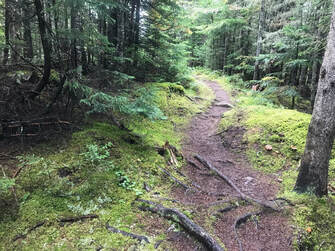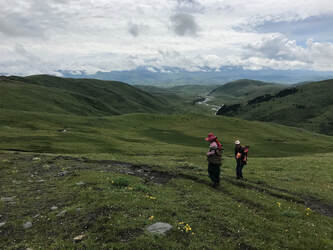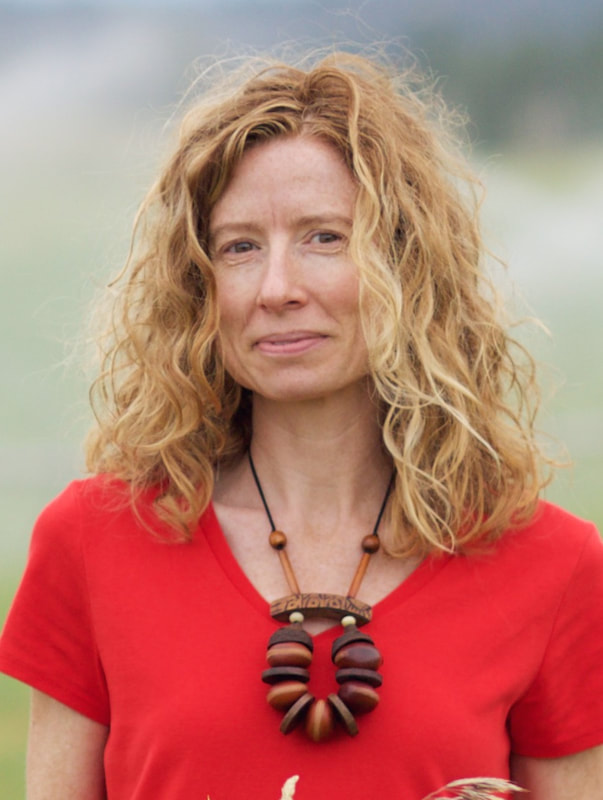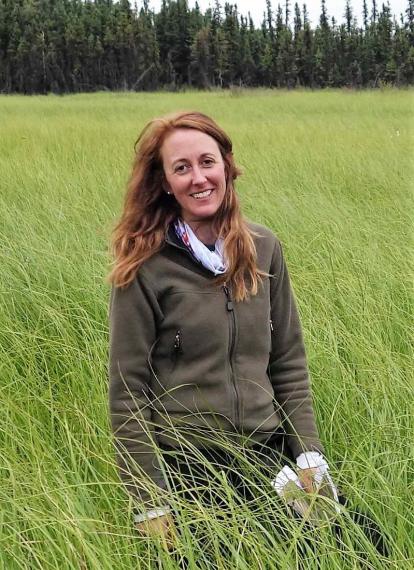OVERVIEW
The core objective of the modelling theme is to develop tools that can help understand the implications of landscape management options. While different drivers, services, interactions, and beneficiaries will feature across our core working landscapes, we develop common methods to address fundamental aspects ecosystem complexity and document how populations benefit from ecosystem service flows. These are often absent from existing ES models and frameworks.
CHALLENGES FACING MODELLING OF ES PROVISIONS AND DEMAND
|
|
|
KEY CONCEPTS
RESEARCH OBJECTIVES
EXPECTED OUTCOMES
|
FOR RESEARCH QUESTIONS, PLEASE CONTACT:
THEME 2 TEAM LEADS
THEME 2 TEAM
PARTNER ORGANIZATION
FEATURED PUBLICATIONS
Coming Soon!
In the meantime, check out our Zotero library.













